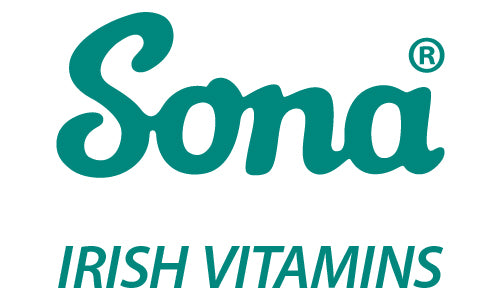
The human microbiome refers to the collection of microorganisms found in the body. The human microbiome is comprised of a collection of microorganisms such as good and bad bacteria, viruses, and fungi. These microorganisms can be found on your child’s skin, in their gut, in their urogenital tract, and in their saliva.
Probiotics can help support a healthy microbiome in children by colonising the gut with beneficial microorganisms and help maintain a favourable intestinal flora. A correct balance of intestinal flora is important for the proper digestion and utilisation of nutrients and a healthy immune system.
In this article you can find:
- What is a probiotic?
- What probiotic should I get for my child?
- Is this probiotic safe for children?
What is a probiotic?
Probiotics are a combination of live beneficial bacteria and/or yeasts that are naturally found in the human body. The most common place linked to probiotics is the gut. When there is an imbalance of harmful microorganisms to beneficial microorganism, the risk of your child developing an infection or illness is increased. Probiotics can even help these microorganisms return to a healthy state after being disturbed, for example, after or during antibiotic use. Various health conditions including asthma, allergies, respiratory infections, irritable bowel disease, types 1 diabetes, and obesity can also affect a child’s gut microbiome.
What probiotic should I get for my child?
Sona KiddieBiotic is a delicious strawberry flavoured chewable tablet containing two strains of friendly micro-organisms. Sona KiddieBiotic can be taken daily for children aged 3 years and over, preferably after a meal.
Is this probiotic safe for children?
The BB-12® probiotic strain is the world's most documented Bifidobacterium. It is described in more than 300 scientific publications out of which more than 130 are published of clinical studies dating back to 1987. Bifidobacterium (BB-12®) has a long history of use and has been tested in clinical trials over more than 25 years.
References
- Jungersen, M., Wind, A., Johansen, E., Christensen, J., Stuer-Lauridsen, B., & Eskesen, D. (2014). The Science behind the Probiotic Strain Bifidobacterium animalis subsp. lactis BB-12®. Microorganisms, 2(2), 92-110. doi: 10.3390/microorganisms2020092.
- Kligler, B., & Cohrssen, A. (2008). Probiotics. American family physician, 78(9), 1073–1078.
- Martinelli, M., Banderali, G., Bobbio, M., Civardi, E., Chiara, A., & D’Elios, S. et al. (2020). Probiotics’ efficacy in paediatric diseases: which is the evidence? A critical review on behalf of the Italian Society of Pediatrics. Italian Journal Of Pediatrics, 46(1). doi: 10.1186/s13052-020-00862-z.
- Newberry, S. (2012). Probiotics for the Prevention and Treatment of Antibiotic-Associated Diarrhea. JAMA, 307(18), 1959. doi: 10.1001/jama.2012.3507.
- Quin, C., Estaki, M., Vollman, D., Barnett, J., Gill, S., & Gibson, D. (2018). Probiotic supplementation and associated infant gut microbiome and health: a cautionary retrospective clinical comparison. Scientific Reports, 8(1). doi: 10.1038/s41598-018-26423-3.
- Sniffen, J., McFarland, L., Evans, C., & Goldstein, E. (2018). Choosing an appropriate probiotic product for your patient: An evidence-based practical guide. PLOS ONE, 13(12), e0209205. doi: 10.1371/journal.pone.0209205.
- The BB-12® strain – The world’s most documented Bifidobacterium. (2021). Retrieved 3 June 2021, fromhttps://www.chr-hansen.com/en/human-health-and-probiotics/our-probiotic-strains/bifidobacterium-animalis-subsp-lactis-bb-12.
